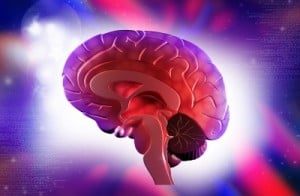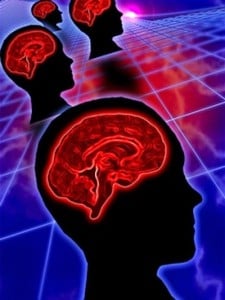 An estimated 4.6 million school-aged children in the United States today have been diagnosed with a learning disability, making academic life so much more challenging than for an average student. The anxiety and stress that results from not keeping up with the material learned in school and performing poorly on exams can take a toll on children and their families. Parents of children who have been diagnosed with a learning disability struggle to find the right assistance for their child.
An estimated 4.6 million school-aged children in the United States today have been diagnosed with a learning disability, making academic life so much more challenging than for an average student. The anxiety and stress that results from not keeping up with the material learned in school and performing poorly on exams can take a toll on children and their families. Parents of children who have been diagnosed with a learning disability struggle to find the right assistance for their child.
Learning disabilities are neurologically-based disorders, meaning they stem from a root problem with brain function. Neurofeedback targets areas in the brain naturally by retraining the brain to function at an optimal level without the use of medications. An initial brain map of the patient shows where the brain is having trouble functioning, and from there, protocol is developed to specifically retrain the brain to function at its best. Neurofeedback has been proven to successfully treat the following learning disabilities, eliminating unwanted symptoms, allowing better academic performance.
Auditory Processing Disorder: The brain has trouble processing and interpreting sounds. A person is unable to recognize and understand certain differences between words and sounds despite having the ability to hear them. Other issues associated include having trouble processing and interpreting the order in which sounds are heard, where the sounds might be coming from, and having trouble tuning out other unrelated sounds.
Dyscalculia: The brain has trouble processing numbers and math symbology, making math very difficult to learn and understand. A person may struggle to memorize and organize numbers, and may have difficulty counting and telling time.
Dysgraphia: Fine motor skills are affected which directly impacts a person’s ability to write. This is often marked by issues with writing compositions such as allowing enough space to write, illegible handwriting, spacing words when writing, poor spelling, and the inability to think and write simultaneously.
Dyslexia: The order of letters in a word or words in a sentence are reversed, impacting reading comprehension, writing, recalling information from a text, spelling, and can even affect speech.
Dyspraxia: The brain has difficulty with muscular control, causing problems with coordination and movement and with language and speech. This disorder is not technically considered a learning disability, however it can have a great impact on learning for a student.
Executive Function Disorder: The brain is unable to manage tasks efficiently, effecting planning, organization, attention, memory, and time management. This disorder makes learning, completing assignments, and taking exams very challenging.
Language Processing Disorder: This type of Auditory Processing Disorder creates difficulties for students in ways such as attaching meaning to sounds of certain words, making comprehension of sentences and stories difficult. LPD can have negative impacts on the student’s ability to express ideas verbally as well as taking in new verbal information.
Non-Verbal Learning Disabilities: The brain has difficulty with motor, visual-spatial, and social skills, making it difficult to interpret nonverbal cues like body language or facial expression. Someone with this disorder may also have poor physical coordination.
Visual Perceptual/Visual Motor Deficit: The brain has trouble comprehending visual information, making writing, drawing, and/or copying very difficult. Some signs include poor hand/eye coordination and missing subtle differences between shapes and letters.
To learn about how neurotherapy can help reduce/eliminate symptoms of a learning disorder, schedule a free consultation with our director Dr. Jolene Ross.
Image courtesy of Stuart Miles at FreeDigitalPhotos.net.








